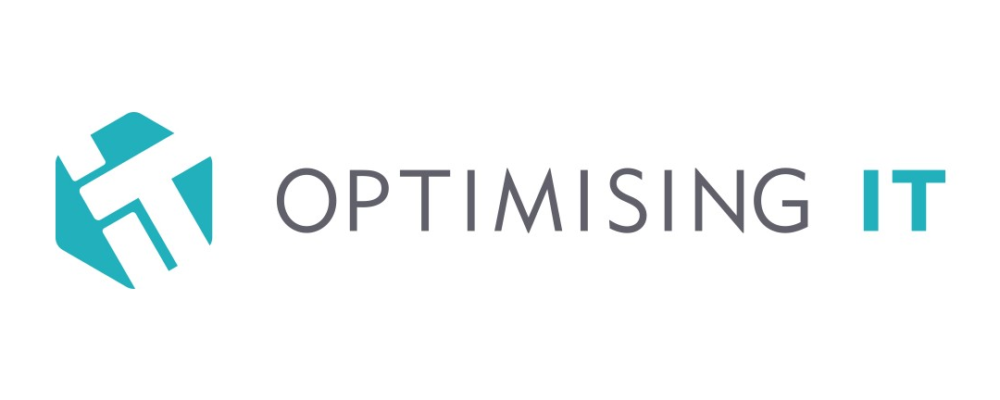It’s hard to ignore the daily COVID-19 (Coronavirus) news updates, with Coronavirus spreading across the world, countries going into lockdown, and trillions being wiped from stock exchange markets. The Chancellor Rishi Sunak has now published an emergency budget aimed at helping UK businesses brace for the impact.
With a growing concern that more of the UK’s workforce and businesses need to prepare for self-isolation, businesses are accelerating their plans to keep operating during these testing times. This article is to help you, as a business owner, put in place tools to enable your workforce to work from home with minimal impact to your operations.
Working from home
For organisations that can afford to have some, or all of their employees work from home during these difficult times, there are tools you can put in place to allow your staff to ‘keep calm and carry on’.
In today’s day and age, remote working is becoming more common place thanks to technology. Benefiting both parties, employees can work remotely when out on the road and can work from home to fit around family life. And for employers, you can retain talent within your business, as well as attracting new recruits by offering flexible working.
With all of the above in mind, as well as unsettled weather forecasts and infectious outbreaks to consider, enabling staff to work from home should be an important consideration for your business continuity planning.
Speaking from experience
As a Managed IT Service Provider, it’s in our nature to frequently road test our business continuity plans. Fortunately, we have put in place tools and cloud-based applications to enable agile working, which has helped during recent adverse weather conditions causing road closures, preventing some staff from driving to the office. By utilising powerful, yet relatively inexpensive tools and Cloud-based services, we can keep communications flowing, allowing our teams to share and save documents securely, and most importantly ensure that all our services continue to run smoothly for our customers.
Microsoft Teams
For starters we use Microsoft Teams, a secure chat-based collaboration tool (that the Ministry of Defence also use) to give remote and dispersed teams the ability to work together and share information. Individuals can use the one-to-one chat function and team chat (so not to block up email inboxes), and for document collaboration, acting as a secure central repository for files. Externally, we use Teams for some of our customer meetings using the video conferencing functionality, to help minimise travel time, costs and even our overall carbon footprint. You can also extend teams to your phone system, allowing you to have everything working seamlessly through one tool. You may find this Microsoft demo video helpful.
Cloud-based services
Office 365
Office 365 offers several business benefits, boasting advanced security features, greater user productivity through collaborative working, and scalability, allowing usbusinesses to flex with a monthly licence subscription. This cloud-based system doesn’t ‘lock in’ like on-premise solutions – which can be more vulnerable to flooding, physical break-ins etc. but enables data to be stored in the cloud, securely backed up across multiple machines providing greater overall resilience. Our workforce can work from anywhere as and when needed, alleviating the concern over growing employee self-isolation.
Windows 10 Virtual Desktops
Virtual Desktops allow employees to access their work computers remotely. They are a secure and scalable solution, whereby the operating system and personal data are stored on a network hosted anywhere (and not on the hardware itself), accessed using secure log-in credentials. Virtual desktops can be scaled from 5 individuals to 500+ people logging in, with no data ever leaving the data centre, keeping an organisations data secure.
Cloud-based telephony
Cloud-based telephony is a solution to consider for future business continuity planning. It provides a portable solution, giving employees access to their phones from anywhere including smart phone devices. Scalability is a big selling point, with flexibility to add new users, numbers and even whole new sites through a web portal if needed. They have an uptime SLA of 99.999% and their own built-in disaster recovery plan when offices are no longer available. In our Service Desk environment, we have also opted for the soft-phone option, avoiding the need for handsets on desks, increasing mobility and saving money.
Proactive next steps
Hopefully, this article has helped shed some light on the tools and services you may want to consider putting in place to prepare for staff self-isolation and for a more robust business continuity plan. These tools don’t require heavy investment and can reduce costs, increase productivity and provide the necessary flexibility for individual business needs.
If you’d like advice or support on any of these technologies, please get in touch by calling (0)1242 505 470 and speak to one of our cloud service experts. Having tools like these in place will go a long way to improving your overall operational resilience and will enable flexible working.













